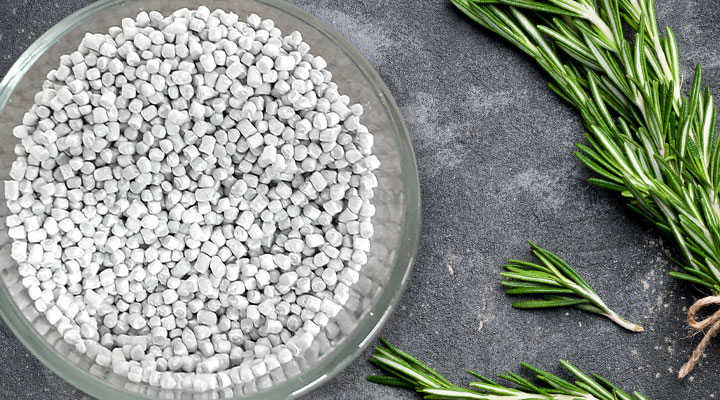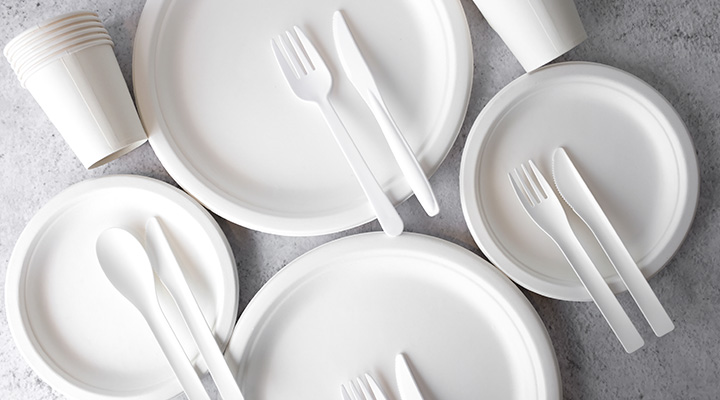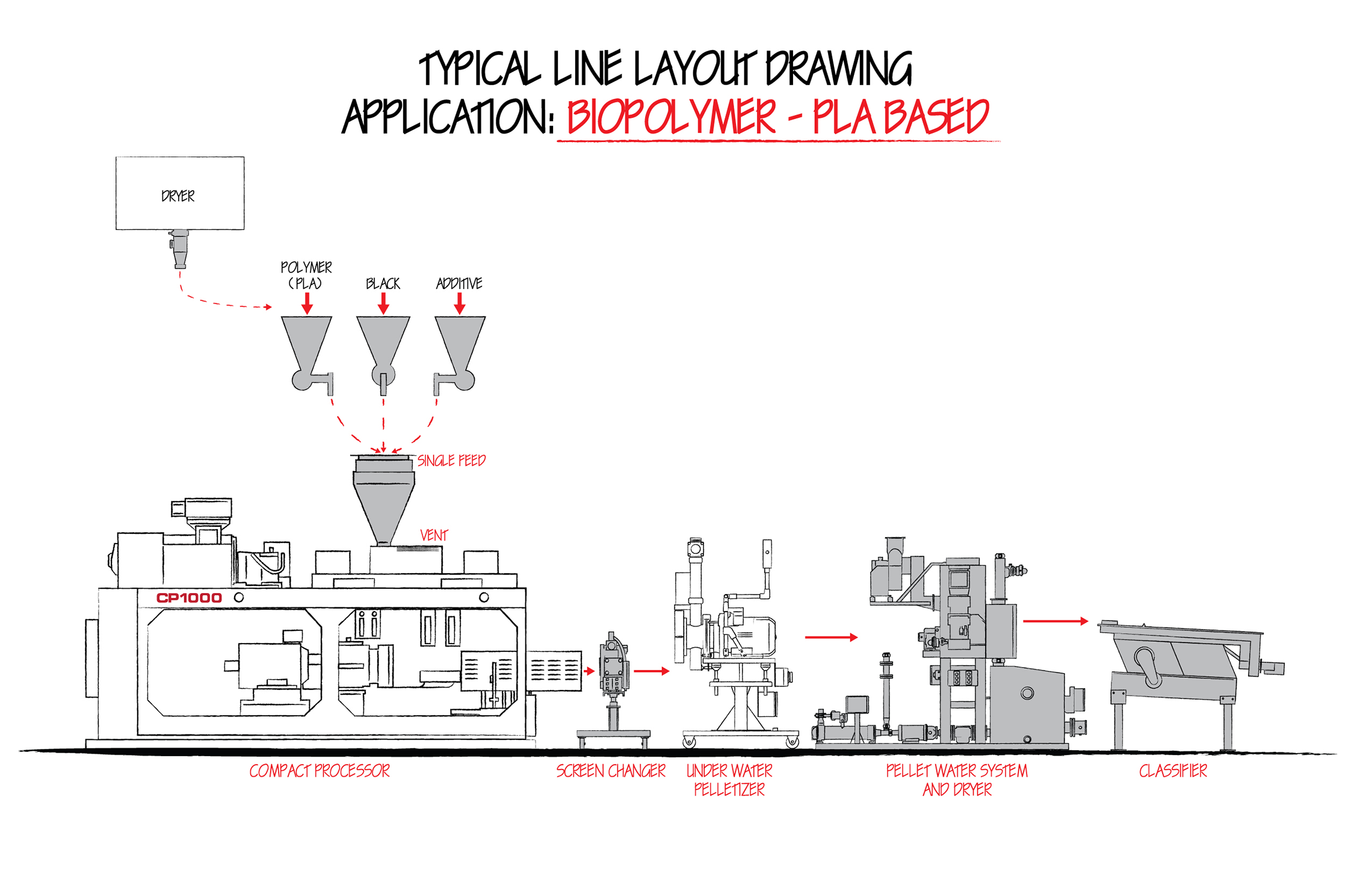



Innovative processing solutions for sustainable plastics while providing energy and process efficiencies.
With the increasing concern of plastics pollution in the environment and tightened government regulation on single-use plastic items, biodegradable plastics have seen dramatic growth.
Biodegradable plastics are shear sensitive by nature and subject to hydrolysis like polyester. The efficient shear processing technology and low processing temperature provided by the Farrel Continuous Mixer greatly maintains polymer integrity, such as molecular weight.
Material characteristics and challenges
 Biodegradable plastics can be degraded into CO2, water and biomass by microbes under different conditions. Biodegradable plastics are often produced from renewable biomass such as vegetable fats and oils, cornstarch and straw, although some biodegradables are made from petroleum.
Biodegradable plastics can be degraded into CO2, water and biomass by microbes under different conditions. Biodegradable plastics are often produced from renewable biomass such as vegetable fats and oils, cornstarch and straw, although some biodegradables are made from petroleum.
Polylactic acid (PLA) is typically derived from fermented plant starch such as corn, cassava, sugarcane or sugar beet pulp. In 2010, PLA had the highest consumption volume of any biodegradable plastic in the world.
Polyhydroxyalkanoates (PHA) are polyesters produced in nature by numerous microorganisms, including through the bacterial fermentation of sugar or lipids. These plastics are biodegradable. They can be either thermoplastic or elastomeric, with melting points ranging from 40 to 180 °C.
Polybutylene succinate (PBS) is a thermoplastics polymer resin in the polyester family derived from petroleum. PBS is a biodegradable aliphatic polyester with properties that are comparable to polypropylene (PP).
Farrel Continuous Mixers are designed to address the many challenges of biodegradable plastics processing including:
- A single-entry feed port reduces contamination potential
- The 6 L/D rotors allow for cost savings due to short residence time and lower specific energy input (SEI) imparted into the materials
- Ideal processing temperature control is achieved by the efficient shear levels imparted by the unique rotor geometry as well as other process parameters, including adjustable dams and orifice position
- The adiabatic nature of the mixing process does not introduce any additional energy into the polymer
Using biodegradable plastics for a variety of products

Common applications for biodegradable plastics include:
- 3D printing filaments
- Food packaging
- Teabags
- Knives and forks
- Food trays
FARREL POMINI Nominal Production Rates for Biodegradable Plastics Compounds
| Application | CP250 | CP550 | CP1000 | CP2000 | CP2500 | CP4000 | 9UM Line |
|
|---|---|---|---|---|---|---|---|---|
| Biopolymer with Talc | kg/h T p.a. |
220 - 230 880 - 920 |
400 - 450 1,600 - 1,800 |
750 - 850 3,000 - 3,400 |
1,600 - 1,800 6,400 - 7,200 |
1,800 - 2,000 7,200 - 8,000 |
3,400 - 3,600 13,600 - 14,400 |
6,000 - 6,500 24,000 - 26,000 |
*Based on 4000 hrs per year.
Typical plant line for biopolymer compounds

Would you like to learn more about our process expertise with Biodegradable Plastics applications?
Contact us or call +1 203 736 5500 to speak with a Sales Engineer or schedule time in a Customer Demonstration Facility.
FARREL POMINI, your solutions provider.
LET OUR EFFICIENCY DRIVE YOUR SUCCESS.
Contact Us
Address:
Farrel Corporation
One Farrel Boulevard
Ansonia, Connecticut 06401-1256
USA

